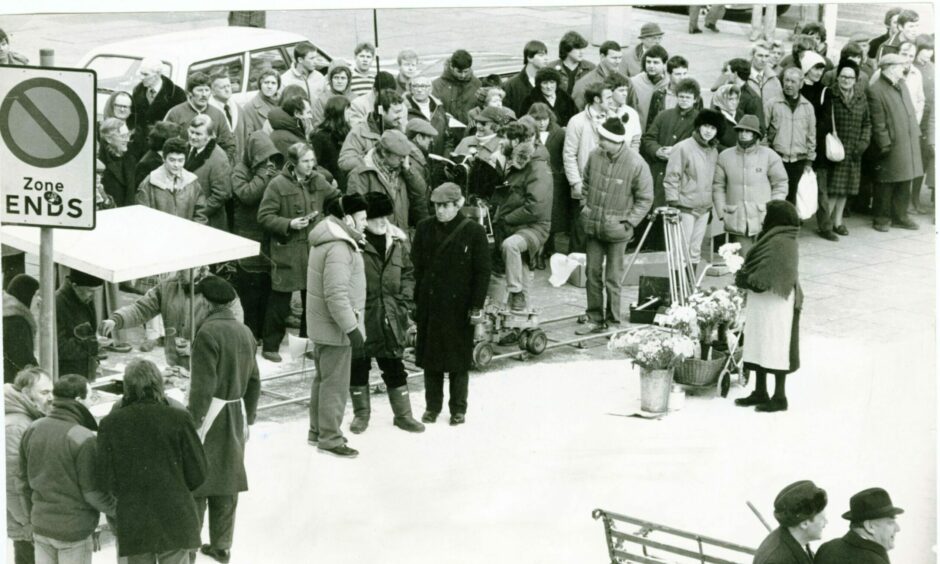
Huge portraits of Marx, Engels and Lenin dominated the City Square when Dundee doubled for Moscow in the BBC TV film An Englishman Abroad.
Rather than film in the pre-Glasnost Soviet Union, the Caird Hall and Whitehall Theatre stood in for the Moscow theatre for the real-life story in February 1983, prompting at least a few double-takes from baffled locals.
The film, set in 1958, told the story of an unlikely, backstage meeting between visiting British actress Coral Browne, and Guy Burgess, a member of the Cambridge spy ring who spied for the Soviet Union while an officer at MI6.
British playwright Alan Bennett was so fascinated by this anecdote that he adapted it twice, for the BBC in 1983 and for the stage five years later.
John Schlesinger was the director
The film was directed by John Schlesinger and starred Alan Bates as Burgess, Coral Browne (playing herself), and 007 Diamonds Are Forever bad guy Charles Gray.
Yet, at that time of heightened international tension, there were genuine fears about a Third World War erupting between Nato and the Eastern bloc countries.
Schlesinger used several locations in Scotland including Glasgow City Chambers, which played the part of the British Embassy, Glasgow’s St Andrew’s Suspension Bridge and the Moss Heights flats in Cardonald, which represented Burgess’ Moscow apartment.
Schlesinger, who won Oscars for 1969’s Midnight Cowboy and 1976’s Marathon Man, and his crew arrived from Glasgow and completed work on three huge portraits of Russian leaders which were spread above the entrance to the Caird Hall.
The company fell in to their first real problem when Alan Bates was taken to Dundee Dental Hospital for emergency treatment, although he was fit and well for the filming.
The only difficulty was the lack of snow!
The crew were fortunate in Glasgow when snow fell at the right time but alternative measures were arranged to replicate the Russian winter in Dundee.
Tayside Region’s roads department transformed the City Square and Exchange Street into a passable likeness for Moscow by spreading around inches of road salt.
A Tayside Regional Council spokesman explained: “In all, 60 tonnes of salt were used in the filming, though most will be recovered in the clearing-up operation.
“The BBC will be charged for any wastage and they will receive a bill in due course for all the labour, plant and materials used by the roads department.
“The men were also cooperating with the film crew in taking down street signs which were interfering with camera shots and also covering up certain items.
“The BBC are even going to be paying for the lost revenue from the parking bays which had to be left empty because of filming.”
After shooting the scene at 4am they then had to remove it overnight to restore normality by the following morning.
Only for the real thing to fall days later!
The Caird Hall was decked with a message in Russian celebrating the October Revolution and an advertisement promoting Hamlet, which was the Royal Shakespeare Company production touring the Soviet Union when Browne met Burgess backstage.
The hall flew the hammer and sickle instead of its usual flags and there were portraits of Marx, Engels and Lenin hanging between the pillars.
The film’s producer, Innes Lloyd, said Dundee and Glasgow were chosen as locations because of the striking similarity of certain buildings in the two cities to those in Moscow and the resemblance of Scottish weather to that sweeping the Steppes.
The interior of the Whitehall Theatre featured in the drama and Dundee High School became a Russian war memorial.
A former warehouse in Exchange Street with US-type fire escapes was used as the wall – complete with Russian-graffiti and notices – where Coral Browne enquired about Burgess.
Several Dundonians appeared as members of the Russian public.
Extras clad in huge coats and fur hats were issued some very uncomfortable scratchy woollen underwear which helped the depiction of dour Muscovites.
The Caird Hall even made it on to the cover of the Radio Times to promote the film, which was shown in November 1983 while the world was on the verge of nuclear war.
Bates was never better as the disillusioned and homesick spy, marinating in booze and disappointment during his Moscow banishment.
In 1984 Bates and Browne were winners of Bafta awards or their roles.
Oscar-winning director Schlesinger returned to Dundee when he became the first recipient of an honorary fellowship from Duncan of Jordanstone College of Art.
Schlesinger was presented with the fellowship in the Steps Theatre, which was to recognise the considerable talents of practitioners in the fine and applied arts in Britain.
A signed framed portrait of Bates taken in character as Burgess while filming a scene in the foyer of the Caird Hall used to hang in the old bar at the Whitehall Theatre.
Dundee is no stranger to film making
In the late 1980s, Dundee was transformed into wartime Berlin under Adolf Hitler’s rule for the four-part BBC drama series Christabel, which starred Elizabeth Hurley.
Dundee High School was draped in swastikas in the guise of the Reichstag, while scores of jackbooted extras paraded in their uniforms up and down the adjacent streets.
Dundee’s Coffin Mill featured in a scene where stormtroopers turned against the Jews and set fire to their property and synagogues.
A section of the mill’s wall was set on fire while other scenes were shot at the disused Camperdown Works in Lochee, where high school pupils were used to portray urchins playing among the rubble.
The Erskine Street area also became the scene of the first bombing raid on Berlin, while the BBC ordered a “blackout” of the floodlights on the all-weather pitch at Maryfield.
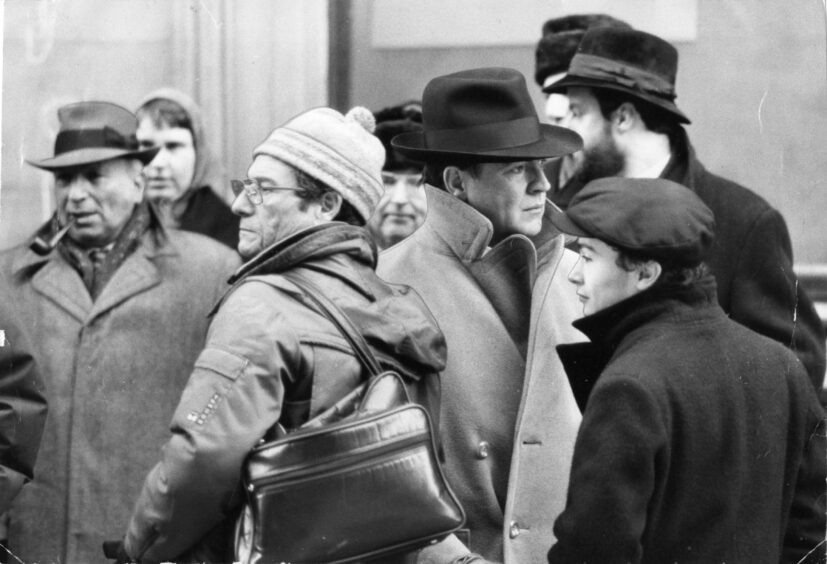
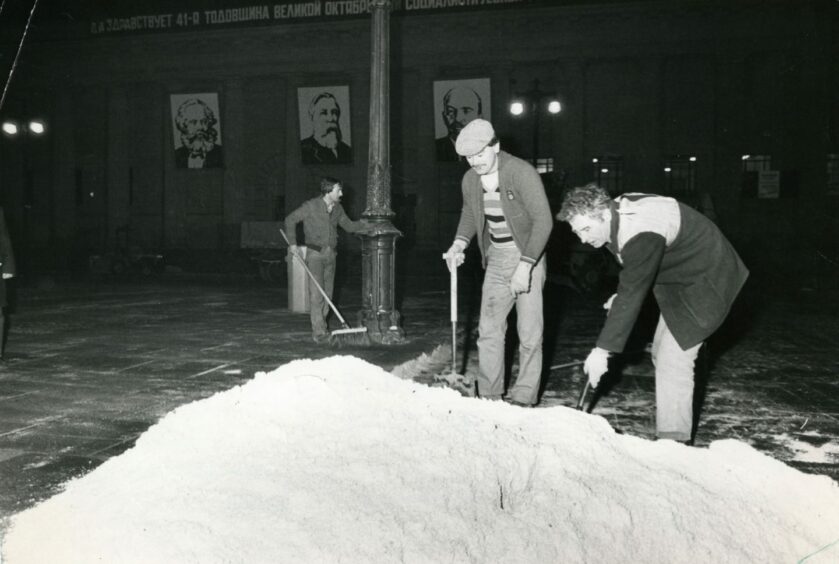
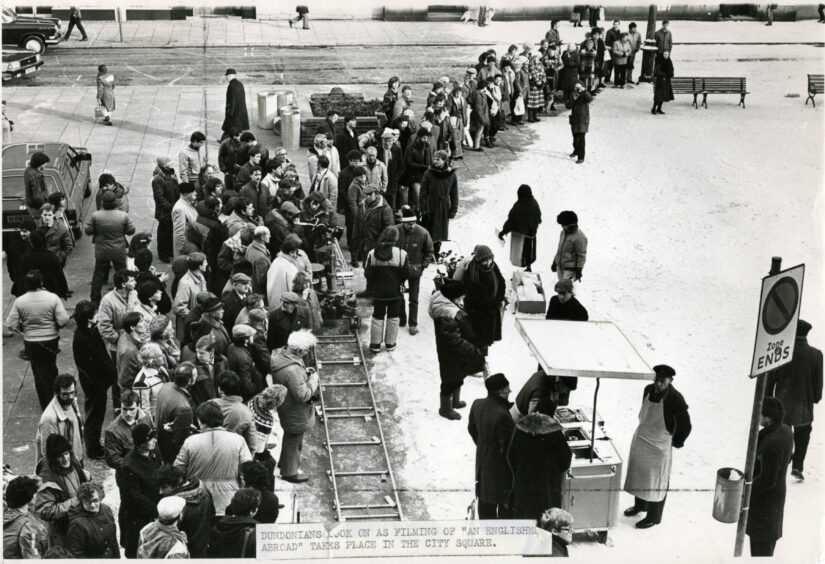
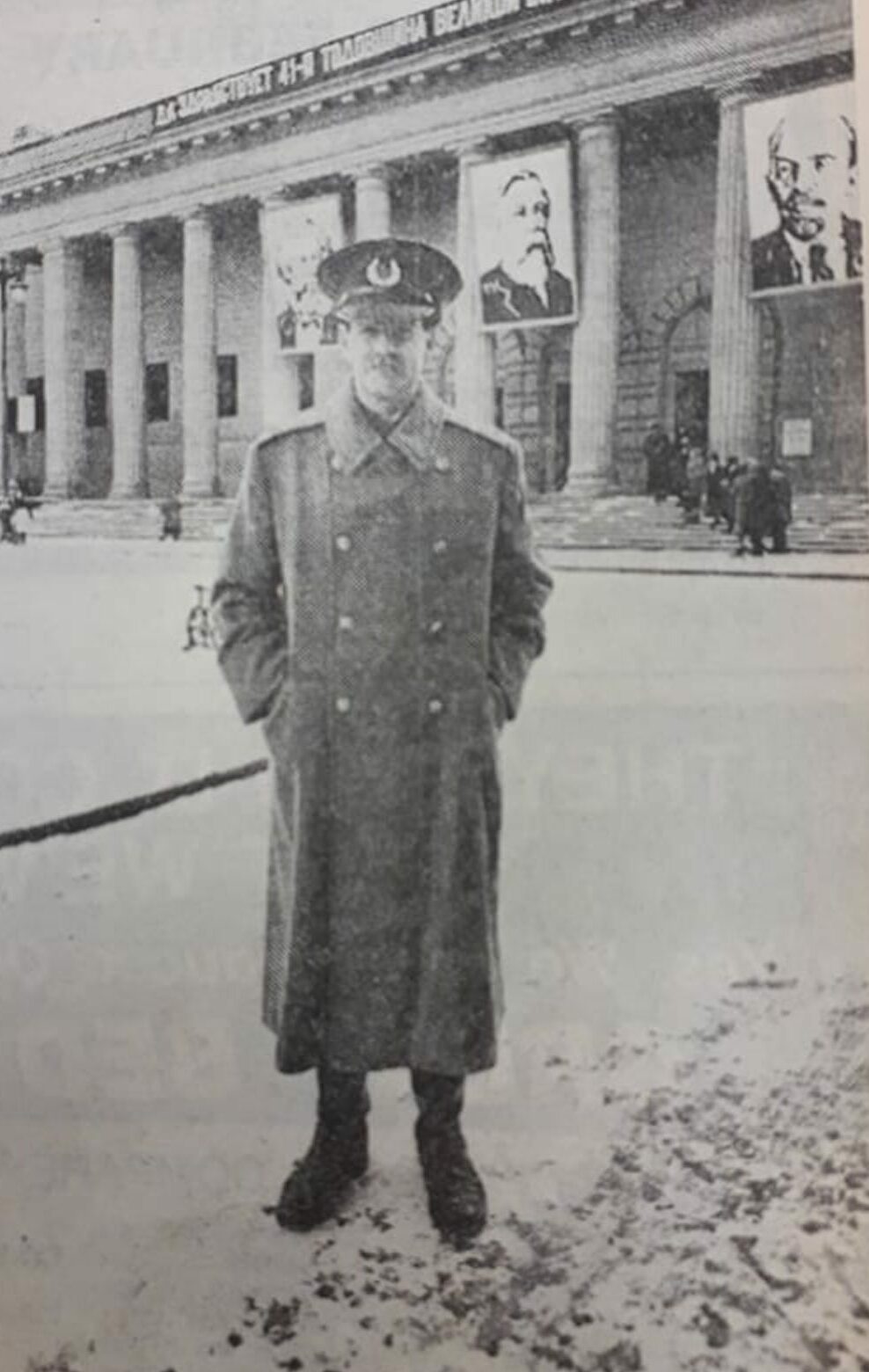
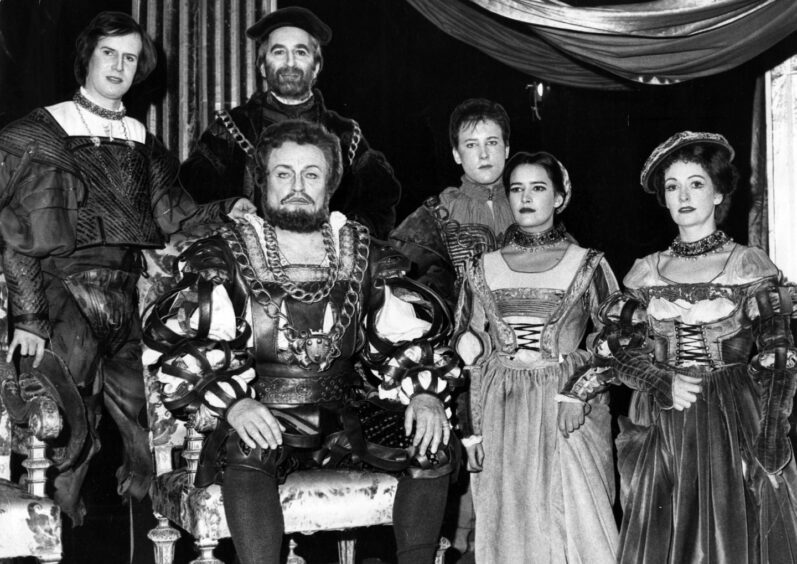
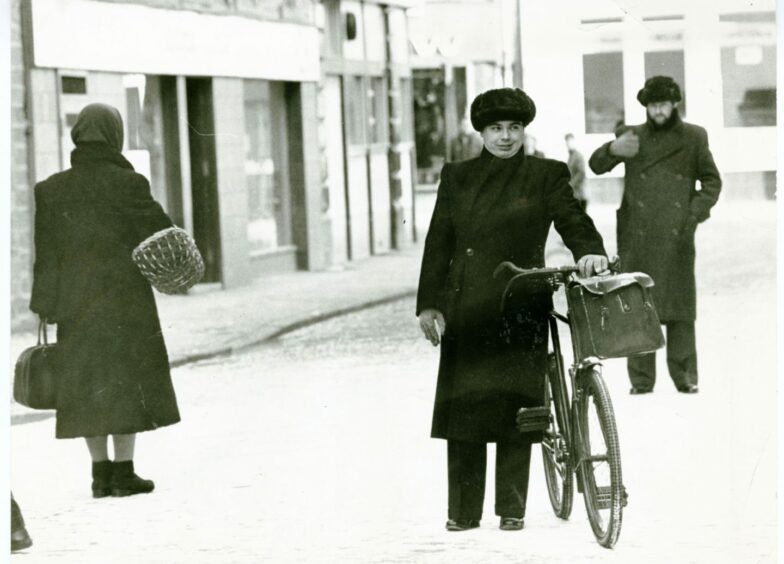










Conversation